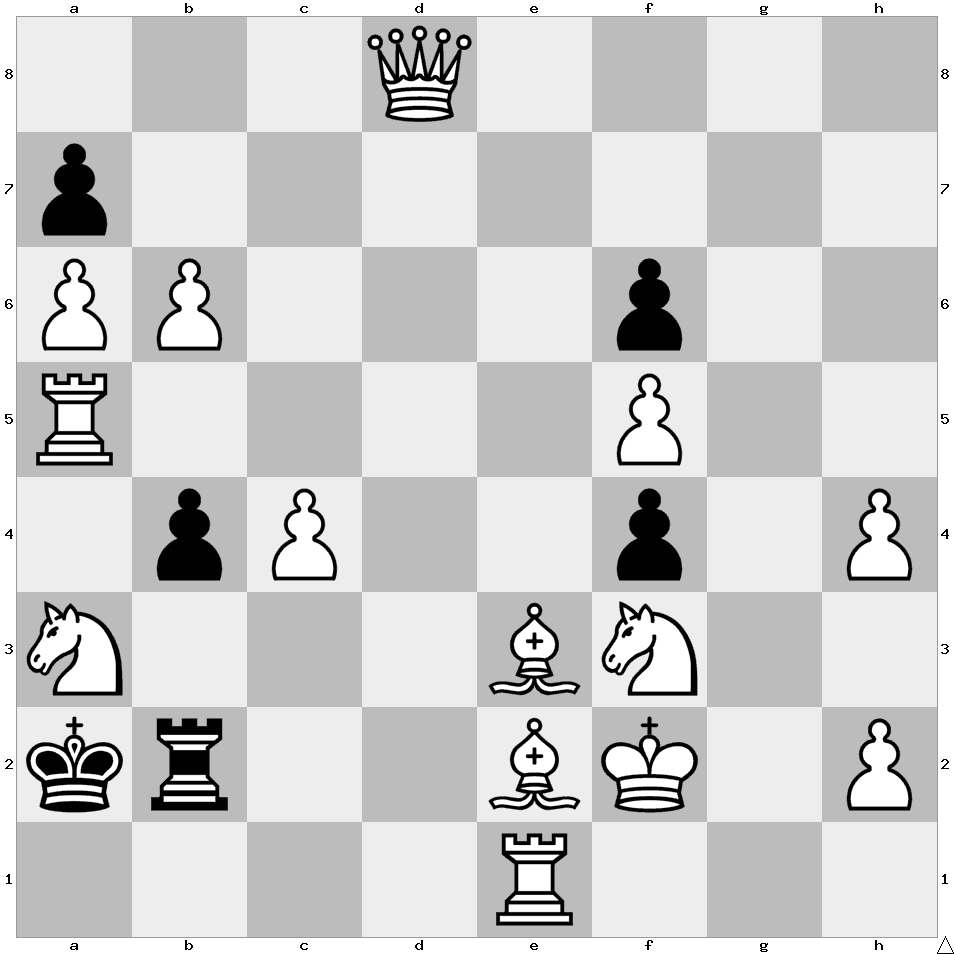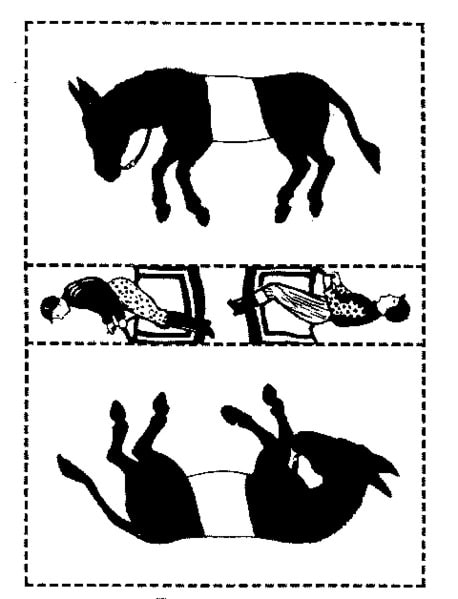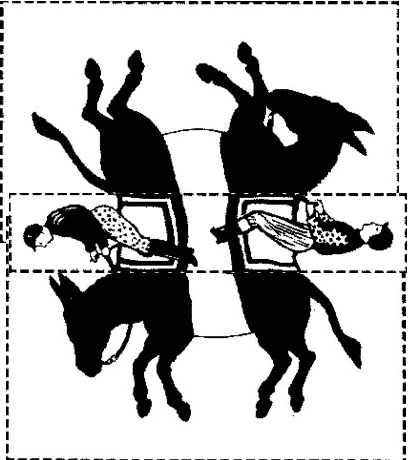Broken Window
One snowy night, Sherlock Holmes was in his house sitting by a fire. All of a sudden a snowball came crashing through the window, breaking it. Holmes got up and looked out just in time to see three neighborhood kids who were brothers run around the corner. Their names were John Crimson, Mark Crimson
The next day Holmes got a note on his door that read:
“? Crimson. He broke your window.”
Which of the three Crimson brothers should Sherlock Holmes question about the incident?
He should question Mark. The note read: “QUESTION MARK Crimson. He broke your window.”










